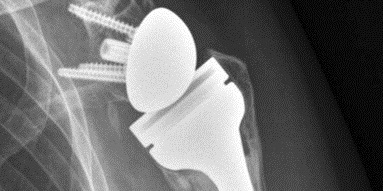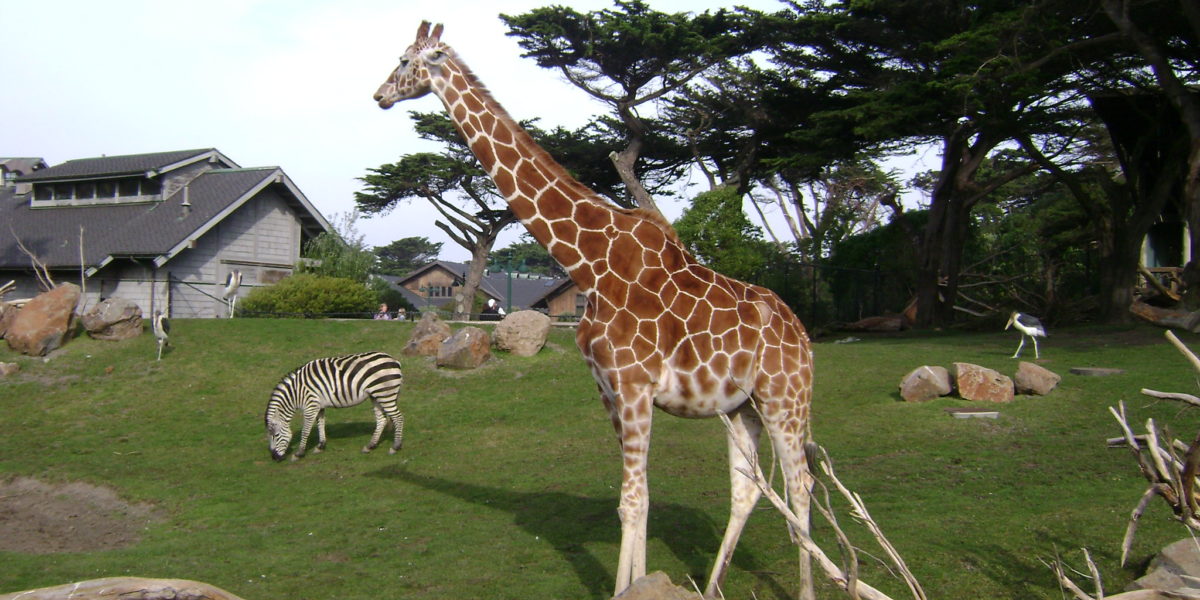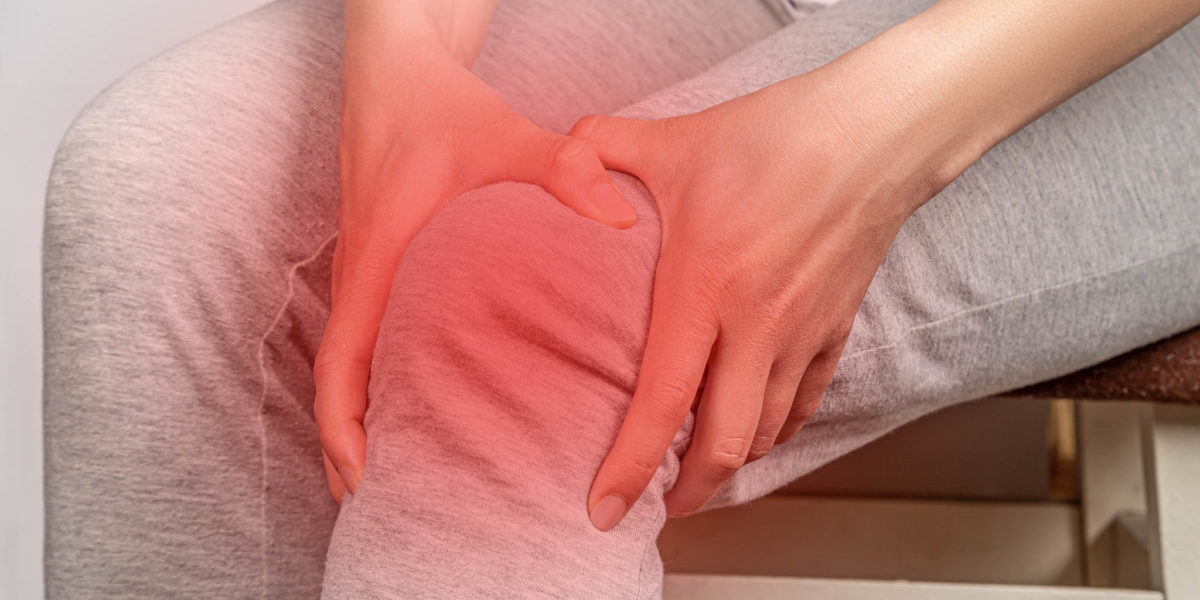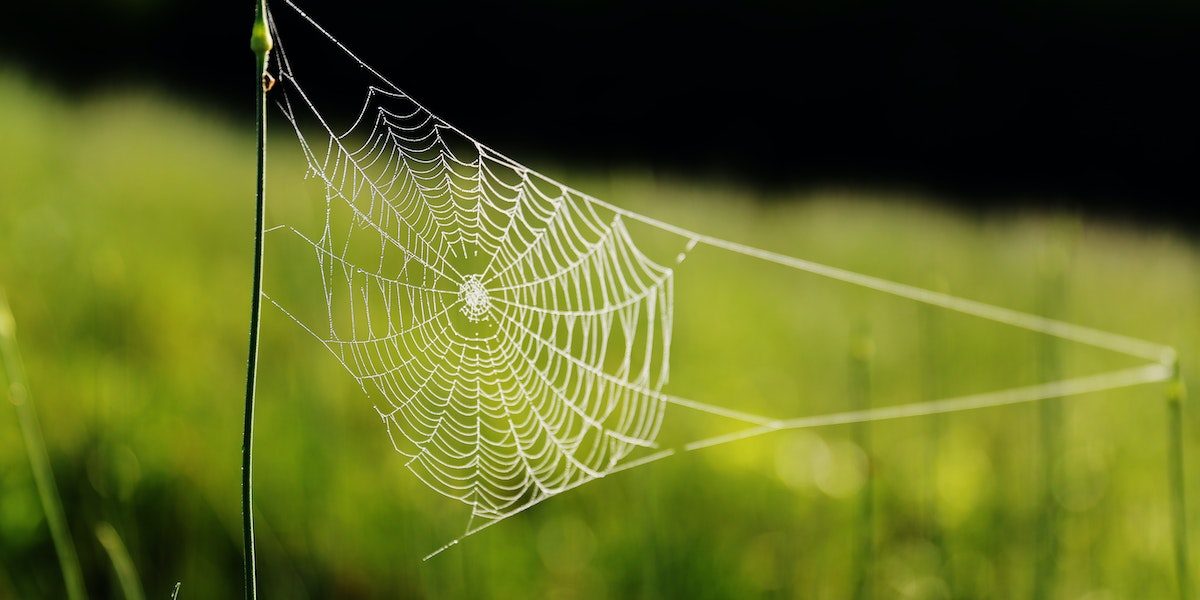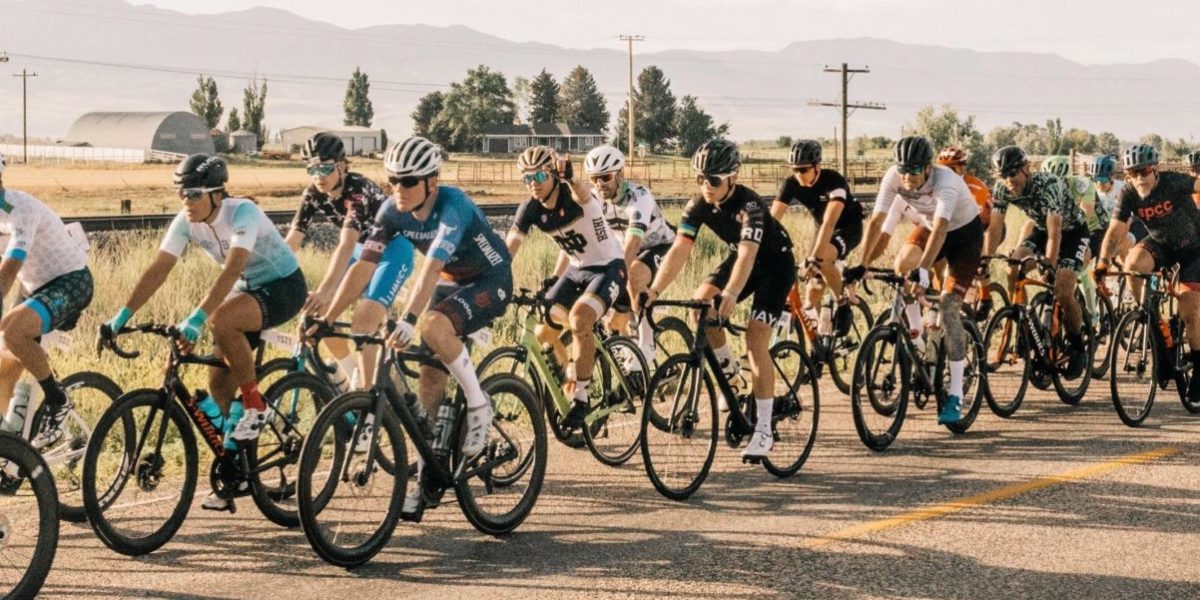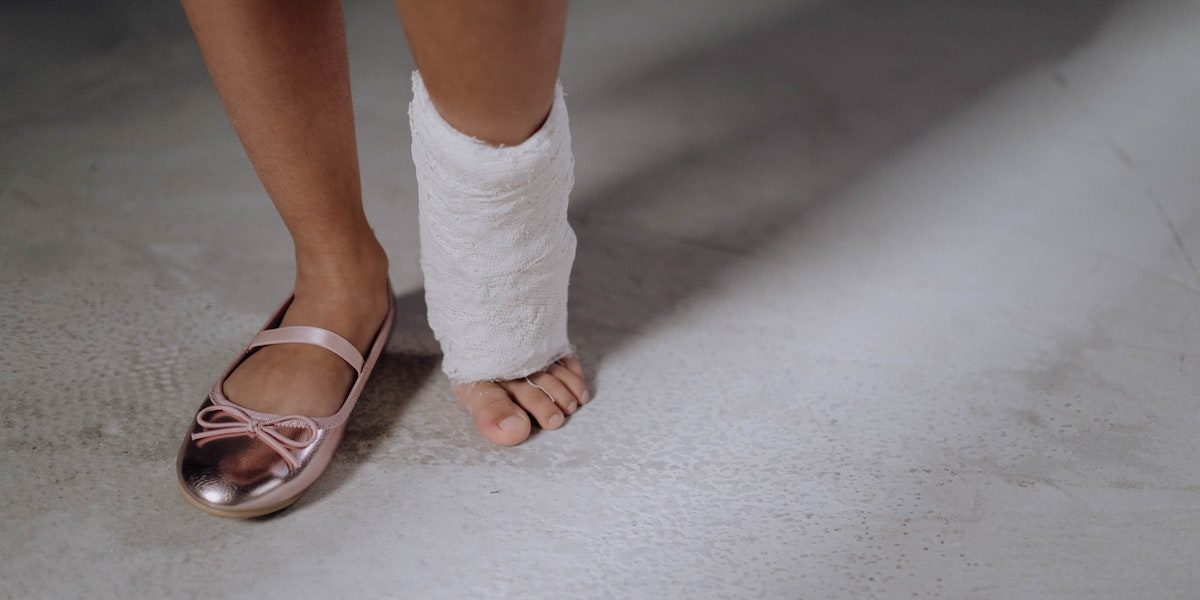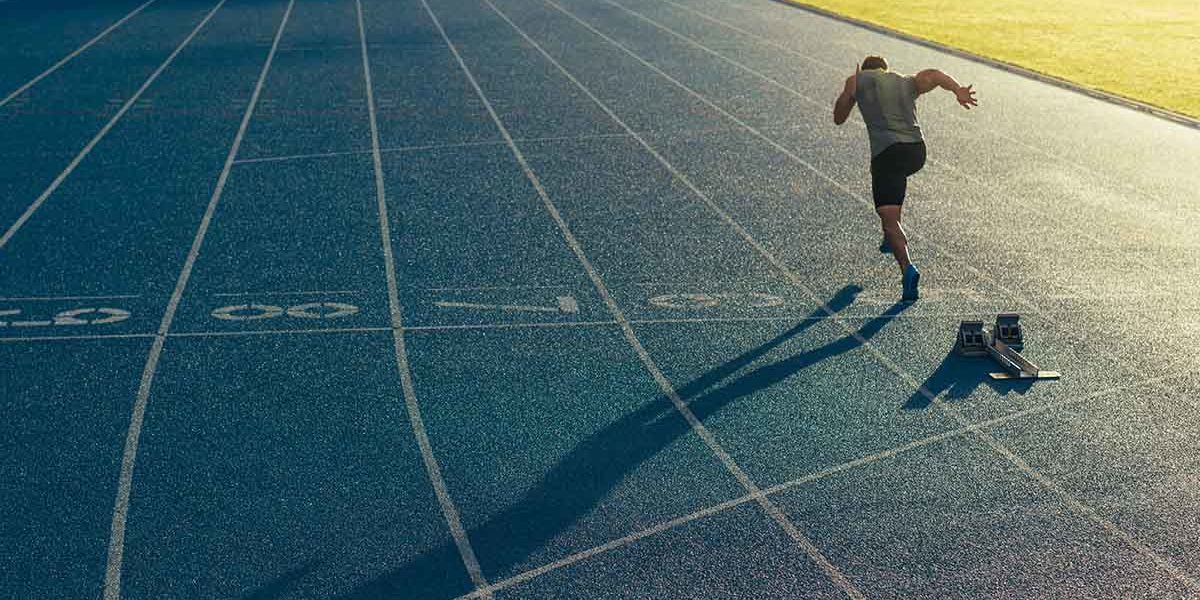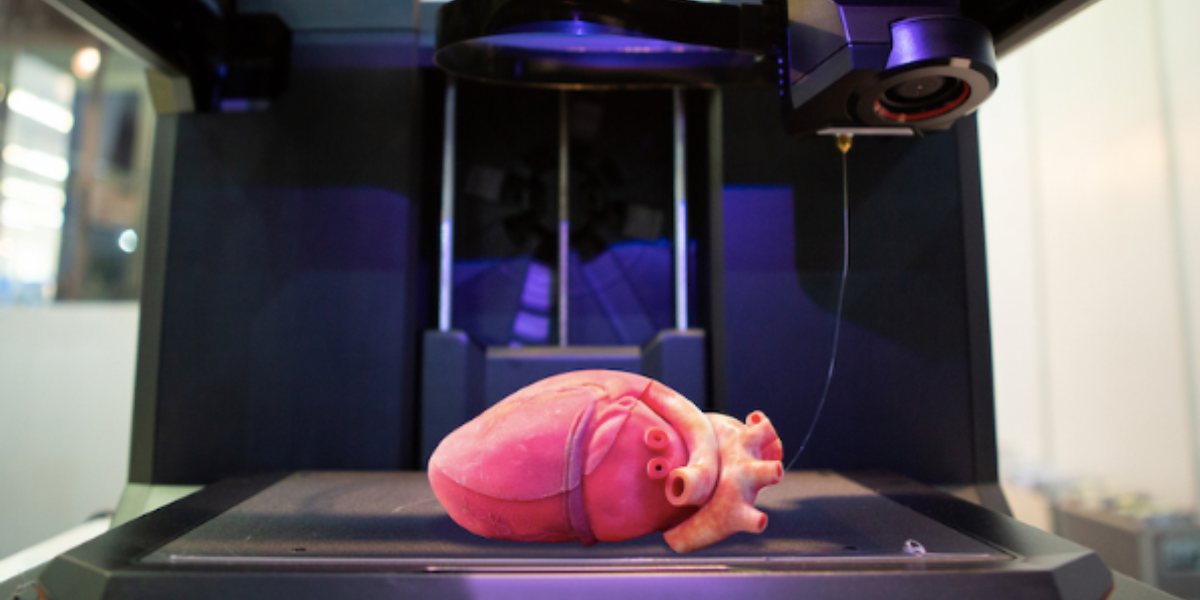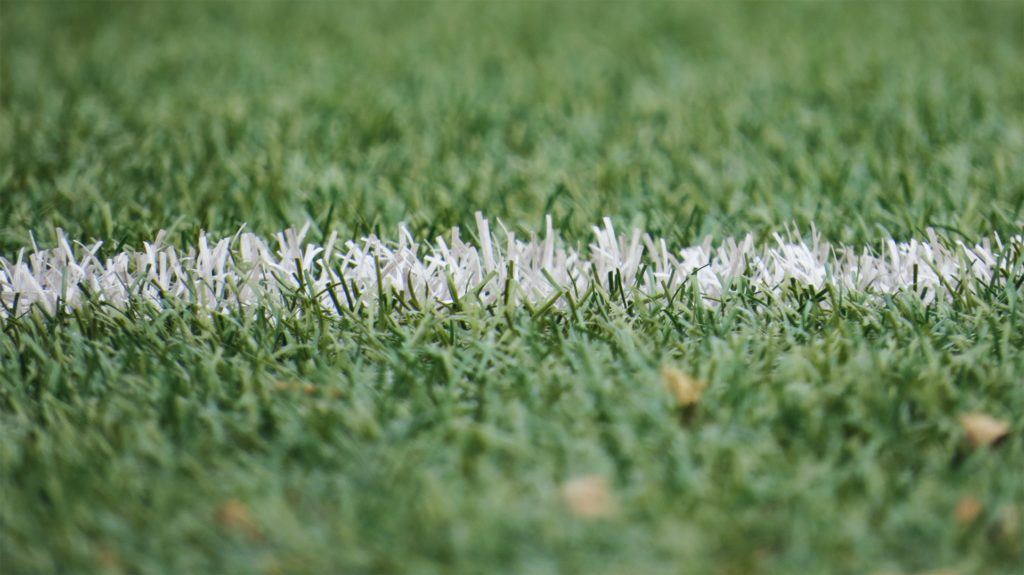Category: 2022 Fall
Too Tall to Run: How a Giraffes Height Affects their Locomotion
Seeing a giraffe for the first time, one is amazed by their long necks and long legs, but do you ever wonder how their long skinny legs can support their large body mass as they move about? Studies have shown that a giraffe’s legs undergo a large ground reaction force when walking freely and an even larger ground reaction force when moving at a faster speed than walking.
Continue reading “Too Tall to Run: How a Giraffes Height Affects their Locomotion”The Science Behind Load Management: How Isometrically Overloading Tired Knees Can Promote Growth and Healing
Many athletes who experience pain right below the kneecap after a spike in volume of explosive physical activities (ie. running/jumping) are diagnosed with patellar tendonitis, commonly referred to as runner’s or jumper’s knee. The suffix “itis” is Greek for inflammation and a common remedy is rest to reduce the inflammation. In some cases, an initial rest period combined with physical therapy to strengthen surrounding muscles such as the hip flexors and gluteus medius is enough to alleviate the knee pain for good, in other cases the rest is of no benefit or even worsens the patellar tendon’s condition and starts a chronic cycle of resting and then returning to activity in more pain than before. In these cases a more accurate diagnosis of patellar tendinopathy is correct. Patellar tendinopathy implies chronically recurring pain on the anterior of the knee that is difficult to treat. In such cases, an MRI often reveals small lesions throughout the patellar tendon indicating that the tendon is structurally damaged and not just inflamed. A better understanding of the patellar tendon’s biological composition, and biomechanical function may help to resolve future cases of patellar tendinopathy.
Continue reading “The Science Behind Load Management: How Isometrically Overloading Tired Knees Can Promote Growth and Healing”The Amazing Spider Silk
When one imagines the wonders of the natural world, the spider is not the first organism that comes to mind. However, possibly the most hated beings in all creation produce one of nature’s marvels: spider silk.
Properties
Spider silk has a number of properties that make it such an impressive material. First, spider silk is incredibly strong and tough. Spider silk is stronger than steel, and its toughness, or ability to absorb energy, is nearly three times that of Kevlar. And spider silk weighs less than both materials. These three properties alone would qualify spider silk as a super-material. The structural and ballistic industries stand to be disrupted by spider silk materials. For example, because spider silk can absorb energy better than Kevlar and is more lightweight, spider silk would be an excellent material for military and civilian self defense applications.
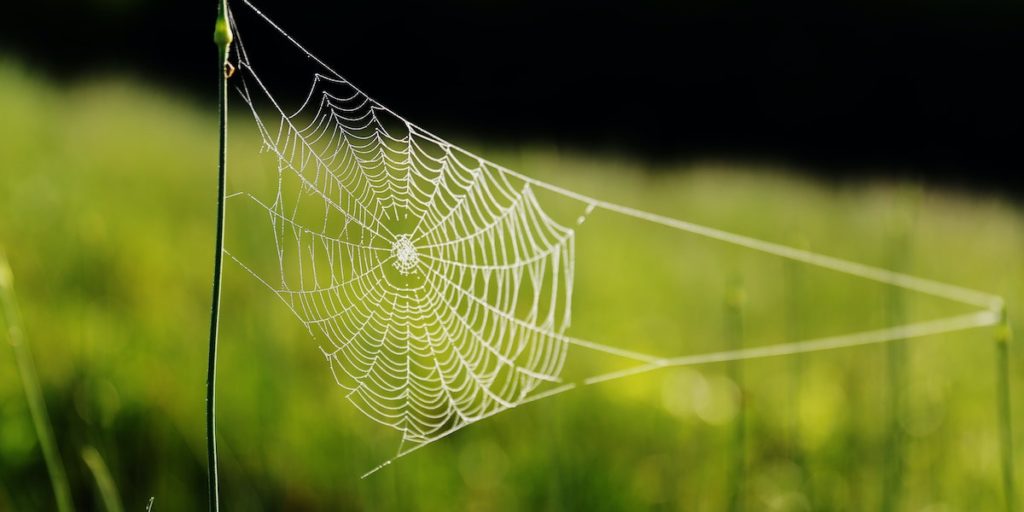
Spider silk also has an elasticity similar to that of human tendons while exhibiting a near perfect resistance to fatigue. Hennecke et al. show that spider silk has a similar stress-strain curve to that of a human tendon, and both materials have a memory which allows them to recover their form after loading. Tendons are constantly being loaded and unloaded throughout their life. Finding adequate materials for artificial tendons is particularly difficult, because most materials begin to lose their properties in cyclic loading, leading to a defined and small life time for the number of cycles tendons are forced through. But spider silk does not appear to lose its strength or elasticity even after high numbers of cycles.
In addition to these physical properties, spider silk also has been found to be both antiseptic as well as biocompatible. Spider silk has been used for medicine since ancient times due to its antiseptic properties, and for this reason, as well as its strength and toughness, spider silk is an excellent component in salves and bandages. Artificial tendons are prone to infection, and so spider silk’s antiseptic property is another reason why it is an ideal material for this application. Because spider silk is also biocompatible, as well as tough, it is a viable material for organ repair.
Continue reading “The Amazing Spider Silk”They need some milk! The Link between Cycling and Osteoporosis
Athletes often are pestered about the importance of cross training by coaches and trainers alike. Football players work on flexibility through ballet. Runners, who primarily train in forward movements, practice calisthenics to build up their lateral strength. Similarly, cyclists are encouraged to participate in some contact-related activity. These are all good reasons for why athletes should cross-train, but will something actually happen if they refuse to cross-train? It’s crossed every athlete’s mind, from professionals to enthusiasts: “What’s the worst that could happen?”.
Continue reading “They need some milk! The Link between Cycling and Osteoporosis”You’re En Pointe! Biomechanics and Ankle Injury Risk in Ballet Dancers
Dancing in pointe shoes raises the risk of injury for female ballerinas. Complex balletic movements require elevated muscular efforts and can put excessive stress loads on the ankle bones. Not many biomechanical studies focus on ballet, even as findings could contribute to decreased injury risk for dancers. A number of factors, such as ground reaction forces, ankle sway, and shoe flexibility can affect a dancer’s injury risk. But which factors contribute most?
Continue reading “You’re En Pointe! Biomechanics and Ankle Injury Risk in Ballet Dancers”How Much Can Running World Records Improve?
100 years ago, it was thought to be impossible to break 4:00 in the 1 mile race. Now, since 1954, there have been over 1600 runners to break the illustrious barrier, including nearly 20 high school athletes.
Continue ReadingTechnology Saving Lives with 3D Bioprinting Organs and Tissues
When you walk into the DMV and get your license for the first time, you get asked an important question. Would you like to be an organ donor? Many people are unsure how to respond at first because they don’t understand what it entails; however, by diving deeper, one can truly understand the impact of this decision. According to the Health Resources and Services Administration, 17 people die each day waiting for an organ transplant. The amount of donations received per day is not enough to outweigh the need for the transplant, and lives are lost every day. However, with new technology and medicine, the world of 3D printing organs, biocompatible materials, and tissues has made tremendous strides in saving lives.
In this blog article, I would like to discuss three aspects of bioprinting organs: the various materials, the different types of printing, and the internal bodily reactions.
3D bioprinting tissues is a very complex matter, starting with the topic of materials. The first thing to consider when 3D printing tissues is the material with which the patients specific product will be constructed. This is a challenge as the compatibility of the material needs to work with the printing machine and the patient’s body. The most common materials used are categorized into two separate types. The first type is natural polymers like gelatin and collagen, and the second is synthetic polymers like polyurethane. Ph.D. student Saeedeh Vanaei explains in a review paper that natural polymers are advantageous because they have low solubility levels and are very vicious. Natural polymers produce fewer issues during production, leading to fewer patient complications. On the other hand, synthetic polymers are advantageous because they have high tensile strength and can break down into smaller parts.
There are many different types of 3D printing of these biological organs. However, the most used include extrusion-based models, laser-assisted models, and bio inkjet droplet-based. In this field of bioprinting tissues and organs, bioinks is a term used to describe these previously mentioned polymers used to make artificial organs/tissues. A study by Tao Xu at the University of Clemson found that bioprinting using inkjet is a viable option for reproducing living tissues in animals. This type of engineering will be duplicated in human tissues.
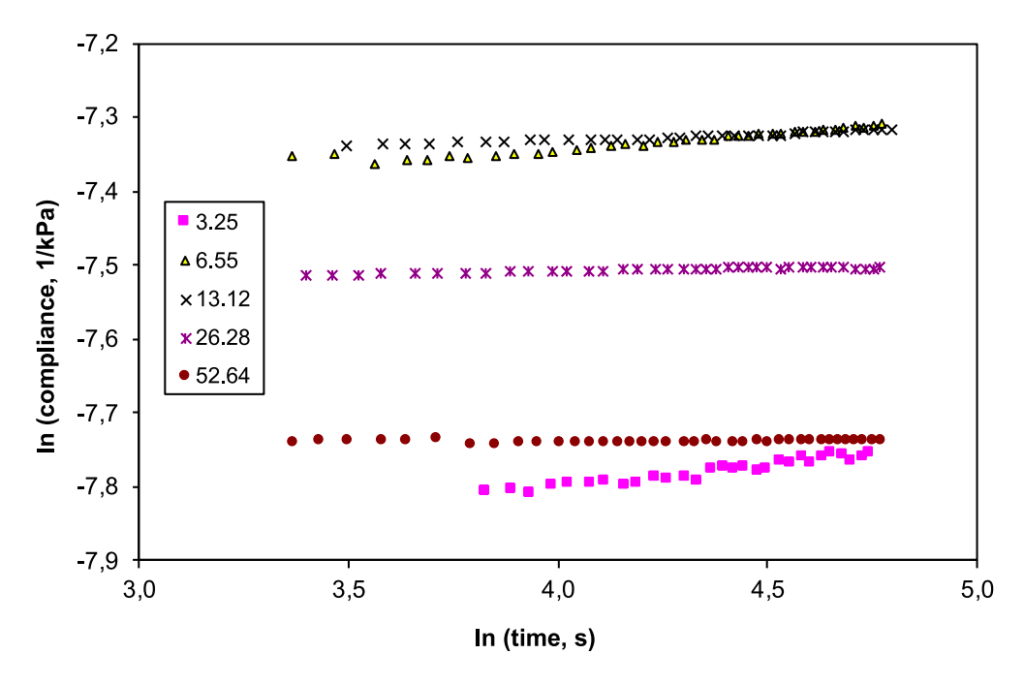
When a foreign intruder enters unknown territory, it is hard to determine the outcome. The same goes for the human body. It is almost impossible to match original tissues to 3D printed ones, and deadly complications can arise if the body doesn’t accept the foreign tissue. In their published study, Alexandra Zühlke and Michael Gasik performed creep tests that indicated the creep compliance of silicone bioprinted tissues. A creep test showes the changes and modifications a material undergoes when introduced to stresses. These tissues were placed under different stresses at various pressures. Their creep compliance can be seen in the figure to the left. The results concluded pressures that the foreign tissue would need to exert on the neighboring parts of the body to lead to the least amount of complications. These complications can lead to surrounding tissue dying and could likely result in the need to remove the bioprinted organ surgically.
Overall, considering the very high organ demand, 3D bioprinting these tissues gives hope and security to patients worldwide. For more information on this topic of the advancements of the technology 3D printing organ, please visit these two articles here and here.
Let Kids Be Kids: The Unnecessary Dangers of Youth Sports Specialization
The allure of athletic success is hard to ignore in today’s society. The opportunities, notoriety, and wealth that come along with prowess in a particular sport are certainly enticing and have contributed to a growing trend towards youth sports specialization, where athletes focus on one sport from a very young age. And while the work ethic of these young athletes is admirable, their reasoning and that of their parents is a bit flawed.
Continue reading “Let Kids Be Kids: The Unnecessary Dangers of Youth Sports Specialization”Why Should I Care About Hair? The Mechanics Behind Curly Hair
The average human has more than 100,000 hairs on their head, and no two are the same. Every individual hair has its own distinct properties, resulting in a wide range of hair types and prompting endless questions. Why does hair curl? Which hair type is the strongest? How can these answers lead to more curated hair care? These questions can be investigated through understanding what mechanical processes cause a curled hair fiber and exploring the differences between the mechanical properties of straight and curly hair.
Read More